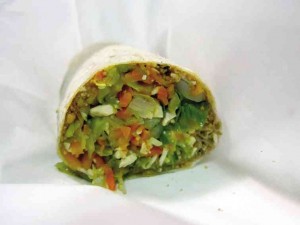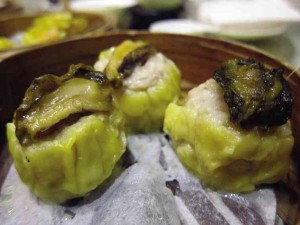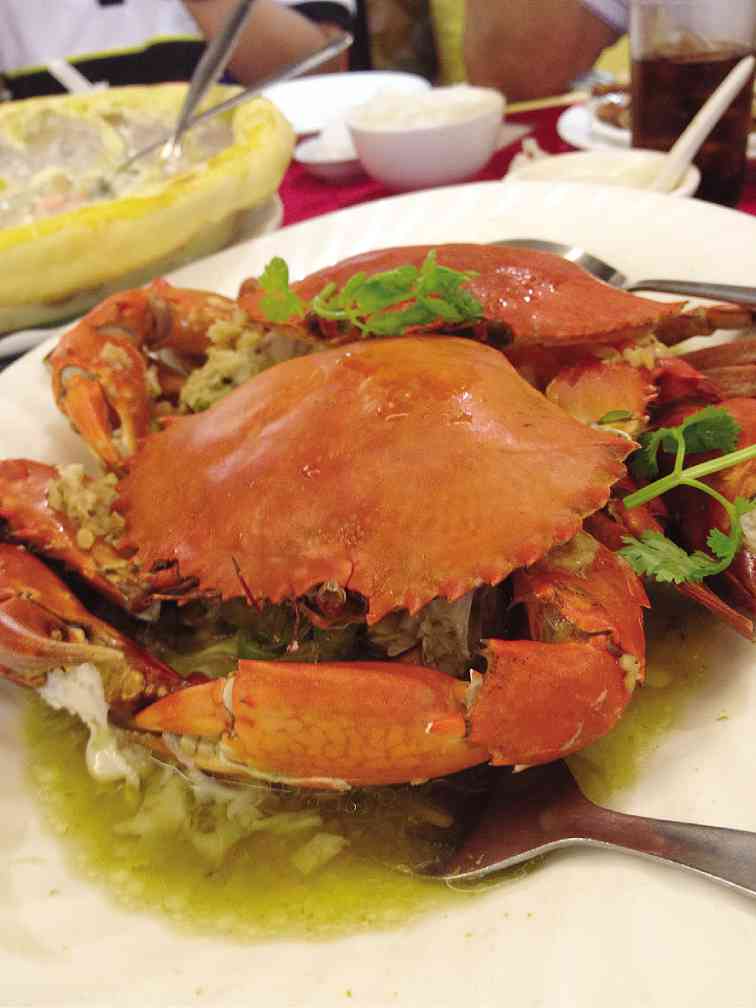
I love the Chinese. They are so rich in character and culture. Just like their food, they seem simple but are in fact full of layers and hidden treasures.
In terms of food, anywhere in the world, it is in the aroma/ stench of Chinatown that you find the best dumplings, noodles, goose, duck, spring rolls, and all the other heavenly goodness of Chinese cuisine.
That includes Binondo, our own Chinatown. I have been going to Binondo with friends recently, checking out recommendations of tour guides and others in the know. A few of my favorite finds:
Uno Seafood Restaurant and Royale Sharksfin Seafood Restaurant—The funny thing about Binondo is that it has “seafood” restaurants that are not necessarily all about seafood. If you ask the guys at Uno what their specialty is, they will say it’s the chicken pie. If you ask the guys at Royal Seafood, they will recommend their pata tim. It’s hilarious.
But they both have live seafood. At Uno, order the crab sotanghon.
Royal Seafood has shark’s fin. But since eating shark’s fin is no longer socially or politically acceptable, order the eel or yellow fin tuna instead. Also the suahe!
What I loved at Royal Seafood were the dumplings. The place has an overwhelmingly long list of dumplings, from the basic hakaw to unique takes such as the one with slithers of abalone on top. Order everything!
Wai Ying—I first heard about this place from a famous Chinese businessman who said that he sends his driver to pick up roasted duck from Wai Ying. When you visit this hole in the wall, you immediately notice the hanging ducks on the glass window of the kitchen. If you come past noon, the duck will be out of stock!
Diners also love the noodles. Wai Ying serves arguably one of the best beef mami in town. It has also received raves for its pork siomai and siopao.

Masuki—This is another noodle house on Benavidez Street. But forget the noodles here, there may be a hygiene problem. Or at least smell the dish before you eat. Nevertheless, do dive into the siopao. It’s a classic giant one, share-worthy, very savory and memorable.
Tasty Dumplings—True to its name, this place has very tasty dumplings, steamed and fried. But in typical Chinatown fashion of having specialties that do not necessarily reflect the restaurant’s name, one of its bestsellers is the pork chop. Come lunch time, practically all tables in this carinderia-style restaurant have pork chop; messengers come in to pick up orders of the dish as well. It is the answer to the Japanese tonkatsu, and it’s definitely a hit.
Dong Bei Dumplings— Speaking of dumplings, the best handmade ones are at Dong Bei. I first heard about this from Chinatown tour guide Ivan Man Dy (message him on Facebook to book a tour). These are as fresh as fresh dumplings can get. The dumpling ladies are right there in the shop rolling the delicacy before you.
New Po Heng Lumpia House—This place would be on my top 5 list of best lumpia houses in the country. Its version has the usual veggies, but sugar and a secret ingredient are also added for extra crunch.
It is also located in a very old, Art Deco-style building. But you may have to squint to see the diamond in the rough. Cats are everywhere, as are toy cars of children and Styrofoam packs. Hand towels are hung out to dry right by the cashier. The place is not for the dainty. But the yummy lumpia makes up for it.
Poland Hopia, Eng Bee Tin Mochipia—The family favorite for classic hopia remains Poland Hopia on Quintin Paredes Street. It remains perfectly packed, with its outer crust not too flaky, and inside just the right amount of sweet. You can actually sit in the shop now to enjoy your hopia with a cup of freshly brewed coffee.

But Eng Bee Tin, another hopia institution, has found a unique selling point: mochipia. It is mochi morphed into hopia. It is cold and delightful! Imagine the delights of mochi and the goodness of hopia combined. Brilliant.
Chinese New Year
Make sure to have a lot of round objects on your table come Chinese New Year’s Eve (Jan. 30, midnight turning into Jan. 31). Feng shui master Joseph Chau, who gives an annual blessing at the Mandarin Oriental (call 7508888 to book a table for New Year’s Eve dinner), also recommends the following: bamboo pith, for wealth and long life; Chinese buns, which are rounded in shape and symbolize money, profit and good fortune; scallops, for a new start or the opening of new horizons; black moss, in Chinese translates to “fat choy,” which sounds like the Chinese New Year greeting meaning “be prosperous”; and, of course, rice, representing fertility, luck and abundance in wealth.
May our tummies be filled and our dreams fulfilled this year of the Wooden Horse! Kung Hei Fat Choi!













































